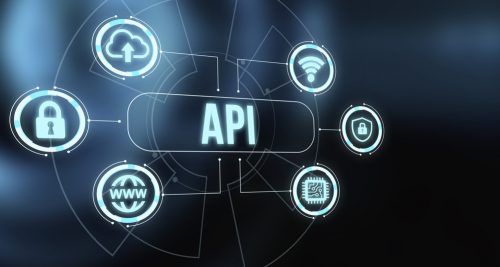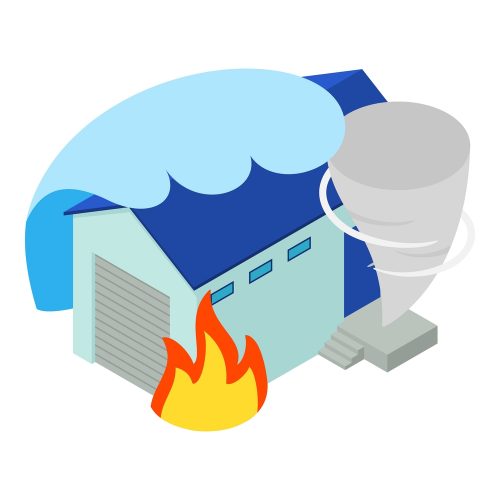The business imperative: Prioritizing API security in the insurance industry
The foundation of modern digital services is APIs. Global insurance corporations are creating, implementing, and adjusting APIs at a rate that has never been seen before. These organizations share critical data with partners, consumers, and workers using APIs, which serve as the cornerstone for their online services and transformational applications.
It is not without difficulties, though, as is the case with everything that grows quickly. The proliferation of APIs creates a larger attack surface for malevolent actors, hence opening the door to a myriad of new security concerns. These criminals are persistent and constantly looking for novel and surprising ways to target companies. Organizations used to think that requiring adequate authentication to use an API would be sufficient to discourage attackers and send them elsewhere. However, data from Salt Labs indicates that 84% of attacks were from users who appeared to be legitimate but were in fact attackers who either obtained credentials maliciously or by taking use of already-existing procedures to establish their own acceptable credentials for accessing the API.
The insurance industry, along with the financial services and retail industries, is the most vulnerable, even though the API ecosystem has expanded quickly across all industries worldwide. This article will examine the rise in API attacks in the insurance sector and reiterate the ongoing work that the security and software sectors need to do in this area because malicious actors are always working hard to exploit the present security flaws.
The days of setting up policies by calling insurance brokers are long gone; times have changed. Customers today have different demands and anticipate being able to purchase, set up, renew, and file a claim for their insurance online in one convenient location. The insurance sector, like the financial services sector, depends significantly on APIs to deliver services and drive corporate innovation. The industry has advanced into the current era with the usage of APIs and microservice-based architectures, yet there are still difficulties.
Insurance companies need to meet customer demands by processing and sharing sensitive customer data with numerous third parties, all the while making sure that customers can instantly access, amend, and submit their information via websites and mobile applications. APIs are now crucial to the insurance industry due to this new environment, which also presents new security risks and makes them more noticeable to would-be attackers. In fact, 92% of respondents to Salt Security’s State of API Security for Financial Services and Insurance survey said they had at least one serious security issue involving their production APIs in the previous year—a startling statistic. In addition, the number of insurance companies using cutting edge, AI-driven, API-driven automation technologies to assist the underwriting process, handle client claims, and deliver services has increased significantly because of Covid. As per McKinsey & Company, artificial intelligence has the potential to drastically alter the insurance sector by 2030. Leaders in the insurance industry must now quickly and effectively update, replace, or supplement their current security defenses in order to confront the compounded growing security risks.
Findings from Salt Security’s State of API Security for Financial Services and Insurance show that malicious actors are busily at work, increasingly focusing on insurance APIs. In fact, between the first and second half of last year, there was a tremendous 244% rise in unique attackers. Furthermore, a startling 27% of participants disclosed that they had lately encountered a privacy event or the release of sensitive data, and 17% had encountered a security breach originating from an API.
Insurance companies are transforming at an incredible rate to become more innovative and competitive by adopting API-first architectures and workflows. Although this benefits the sector, it also gives hackers a larger attack surface to work with, which makes it generally easier to infiltrate. Due to the increased attack surface, threat actors are now able to steal account information, compromise insurance claims, carry out fraudulent transactions, and eventually cause service disruptions. Moreover, insurers have the same regulatory and compliance requirements as financial services firms. They risk losing their clients’ trust in addition to facing large fines and harm to their brand from an API assault.
Securing APIs to safeguard digital services has become a corporate concern due to the increase in assaults and the expenses (fines, lost client trust, and reputational harm) involved with API security breaches. In its march toward digital innovation, the insurance industry has reached a pivotal point, and APIs are essential to the development of new insurance services. The time has come for business leaders to think about and put into practice tried-and-true strategies for reducing API risk, utilizing specialized AI-based security defenses for APIs. This will enable insurers to safely harness the power of APIs and maintain their competitiveness in this quickly evolving market while guaranteeing customer loyalty, compliance, and overall performance.











